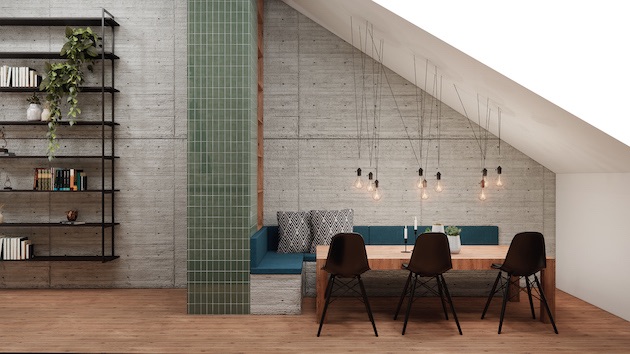Our Blog
Looking for the best lighting design for your renovation or new house project in Switzerland?
Choosing the lighting for your home is not always an easy task. There are so many options and so many details to be observed that a non-expert may feel completely lost.... color temperatures, watts, lumens, direct, indirect lights etc.
In this blog I will talk about the most common questions about lighting and how to best select it in your interior design project.
The ideal is always to analyse the function of the room and evaluate if you prefer a more intense light or a more diffused light that fills the environmen
Commonly left last in a construction project, it is essential for the comfort, well-being, and quality of life of the residents. Lighting transforms spaces. How often you go into one space and feel cozy and welcome, but go into another and want to leave right away without knowing the reason why?
What are lumens and watts?
Lumen (lm) is the unit of measurement that refers to the luminous flux or, in simplified form, the amount of light emitted by a lamp. Based on this, it is possible to know if it is more or less intense. It is essential information to avoid making mistakes when choosing the lighting for each room.
The watt (W) represents the unit of measurement of light power, i.e., it is what determines how much electricity a light fixture will consume. These two pieces of information are important when choosing a lamp. The higher the lumens and the lower the watts, it means that the fixture will light more, but with less power consumption.
What is the difference between direct, indirect and diffused light?
Direct light is used to spotlight something or when a particular area needs more lighting. It should not be positioned in places where people stay, such as sofas and armchairs, because it is uncomfortable. It is more often used in desks, kitchens, or to highlight a piece of art.
Indirect light, on the other hand, needs to reflect on something, such as a ceiling or a wall. The light hits the surface and reflects back into the room. It is a softer and more comfortable lighting, because it does not directly reach the person's eyes. It is often used in moldings, sconces, and lampshades to create an intimate atmosphere.
Diffuse lighting, unlike point lighting, diffuses the luminosity in a more generalized way throughout the space. It is normally used for general lighting, i.e., to light up the environment in its entirety. Its application is very versatile and it is interesting to combine it with other types of effects.
What are color temperatures?
Color temperature is the appearance that artificial light has in the environment. It tries to represent the different intensities and shades of sunlight throughout the day. Its unit of measurement is the Kelvin and it has three categories - warm white, neutral white and cool white. The higher the Kelvin, the lighter it is, and vice versa.
Below 3,000 Kelvin is warm light, which has a more yellowish tint and is reminiscent of sunrise and sunset. This tone brings more warmth and comfort. That's why I recommend it be used in residential environments. It is indicated, in particular, for spaces that need tranquility, such as living rooms and bedrooms.
The 4,000 K is the so-called neutral light, which more faithfully represents sunlight, since it is neither as yellowish as hot light nor as bluish as cold light. It is indicated for places where it is necessary to better reproduce the real color of objects, such as make-up corners and bathrooms, and for home offices, since this shade brings more focus and attention.
Above 4,000 K is the so-called cold light, indicated for more impersonal environments, which demand people's attention and concentration, such as shops, hospitals, and offices. It is a very bright light, which makes the person more active and excited.
What are Color Reproduction and Protection Indices?
IRC (Color Rendering Index) and IP (Protection Index) are two important acronyms in lighting, but they are usually unknown to most people. The first one refers to the color fidelity of objects with the incidence of light. The closer the bulb is to 100, the better its color reproduction is.
A low IRC can, for example, leave a red decoration looking orange or even brown. Have you ever gone to the window to be sure whether that blouse was navy blue or black? That's because sunlight can faithfully reproduce 100% of the colors and the room you were in didn't have a good IRC.
The IP indicates whether or not the lighting can be used in outdoor areas, near swimming pools, or in bathrooms. For example, the index higher than 65 (IP65) is resistant to dust and water jets. The IP67 is also resistant to dust and also to temporary immersion in water.
What is a luminotechnical project?
It focus on the lighting in a house and seeks to deliver the right light for the needs and activities of the people who will use that space. The ideal is that it is designed right at the beginning of the work, so that aesthetic details, such as plaster moldings and proper wiring, can be executed in time.
The idea is to think strategically to unite aesthetics with well-being. The lighting is not only related to light, but also to quality of life, since it can impact on hormone production and visual comfort.
If you are interested in having the best lighting designed for your new project contact us.
I hope I have lighted your way :-).
Renata
